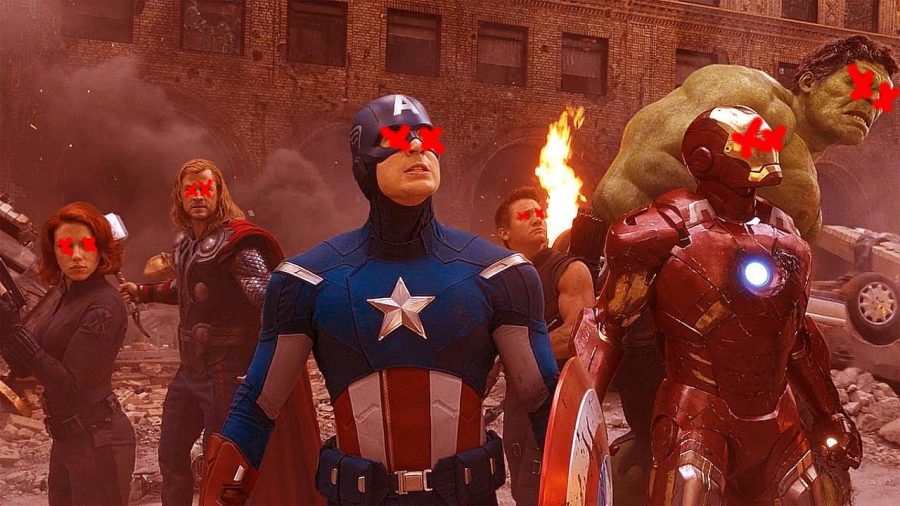What Murdered the MCU?
Nearly a decade and a half ago in 2008, moviegoers witnessed one of the greatest shake ups to hit cinema: the glorious bloom of superhero movies. Before then, the genre was filled to the brim with failed attempts to adapt the success of comic books into film, with but a few franchises such as Sony’s Spiderman acting as diamonds in the rough.
DC’s brilliantly gritty Dark Knight and Marvel’s endearingly witty Iron Man changed that. Both movies, directly opposed in both tone and publisher, butted heads that year and ended up setting the bar for what a good adaptation was higher than it had ever been. For a few years afterwards DC and Marvel continued to clash, but it didn’t take long before Marvel took the lead and began to show what superhero movies could truly be. As the studio dropped blockbuster film after blockbuster film into the rapidly expanding MCU, it seemed anticipation for its conclusion became increasingly palpable with each major development.
Jumping to today, we find ourselves 3 years after the end of Phase 3 and the MCU continues to plow forward while showing no indication of stopping. But something doesn’t quite feel the same. Looking for Marvel’s name on “Now Showing” lists at theaters today does not yield the quality of the genre-defining Avengers, Civil Wars, and Black Panthers it once did; instead one sees film after film of what’s come to be some of the most lukewarm and mediocre MCU movies.
In order to find out exactly what’s been put off, it’s best to analyze one of the more average scoring films in Phase 4: Doctor Strange and the Multiverse of Madness. As a film, it largely retains the crowd-pleasing, high-budget, action-filled qualities Marvel’s content has come to be known for today. Despite that, one thing causes it to stand above—or, more accurately, below—those other films. To fully understand this one, one must watch an entire itinerary of films beforehand. To name a bare minimum, there’s Avengers: Age of Ultron, Civil War, Infinity War, and Endgame, Doctor Strange 1, ideally a few episodes of What If…?, and all 5 hours and 50 minutes of Wandavision.
Now, to be fair, the movie still manages to be enjoyable enough without all of this prior knowledge. But the attempt to merge all of the character development and plot points from all those prior works alongside scattered references across the MCU creates a plot that stands as one of the more incoherent amongst the cinematic universe. Long gone are the days when a film can be simply Iron Man with a few references in the background while still working to expand the MCU; to make any meaningful dent in the massive net Marvel has woven, much more referential force is required. And this issue is ready to only compound. Each film released causes that net to grow further out of control, becoming increasingly distant from the core which had spawned it in the first place.
One possible solution to this steadily worsening issue is to create more of a focus on new, unique IPs through platforms like Disney +. Shows such as Moon Knight and Ms. Marvel—which has come to be the highest Marvel series in history—take fresh spins on the superhero story, and have seen huge critical success for doing so. New franchises also don’t have to be stuffed full of callbacks to let them have their own place in the cinematic universe.
Even this approach has its own issues, however, since at some point the creation of new IPs alone can’t sustain a sprawling multiversal chain of films. The only true answer seems to be finally giving the MCU a satisfying conclusion, a future which Marvel doesn’t yet seem to be interested in.
Whatever the case may be, Phase 4’s future seems to be put increasingly into question with each film. Unless some large reform is brought to the MCU soon, it may be time to pass on the torch to another studio in order to allow the superhero genre to once again thrive.






